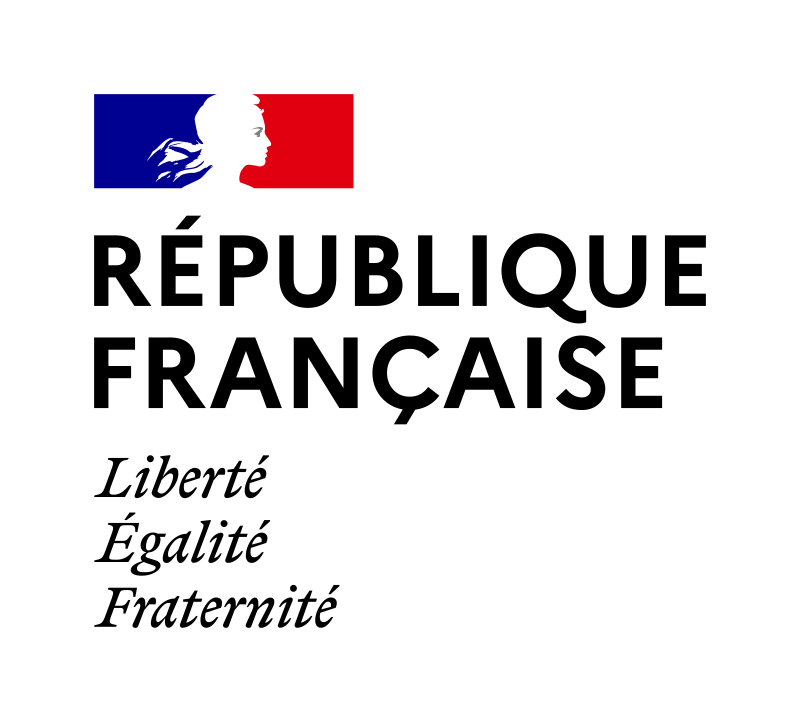
Available for each company, it provides a detailed description of financial support to companies by sector of activity, size and territorial location, not only for each measure but also jointly, for the first time. The committee will pursue its work through the monitoring and the evaluation of the measures and will examine, in particular, their impact on the activity and employment trajectories of businesses after the first phase of the sanitary crisis. The committee will produce a progress report at the end of March 2021 and publish a final report in July 2021.
This note focuses on the four main measures to provide financial support to companies faced with the Covid-19 epidemic during the first phase of the sanitary crisis, between March and September 2020:
- Subsidies to employers corresponding to the remuneration of employees in partial activity (PA);
- the Solidarity Fund for Companies, Self-employed and Entrepreneurs (SF) ;
- the State-Guaranteed Loans (SGL) ;
- the Deferral of Social Contributions (DSC).
The scope of these measures has evolved between March and September 2020, particularly in regard to the Solidarity Fund, which was initially limited to €1,500 per month and per company with less than 10 employees (20 employees for sectors particularly affected by the crisis), and later extended to companies with less than 50 employees, with a cap by sector. The evolution of the scope will be addressed in detail in the committee’s subsequent publications.
From an economic standpoint, the PA and the SF are equivalent to grants. By contrast, the SGLs and the DSC are similar to loans (or liquidity support), leading to short-term (DSC) or long-term (SGL) repayments.
The aim of this note is to describe rather than to evaluate the measures – which is part of the work still underway by the Committee. After providing an overview of the measures in place, this note will characterise the companies having benefited from the emergency support measures before highlighting their complementarity through a first descriptive study of their cross-use.
The study uses two types of sources:
- management databases of the four concerned measures;
- data characterising the beneficiaries by sector, size, geographical location, turnover and financial strength.






